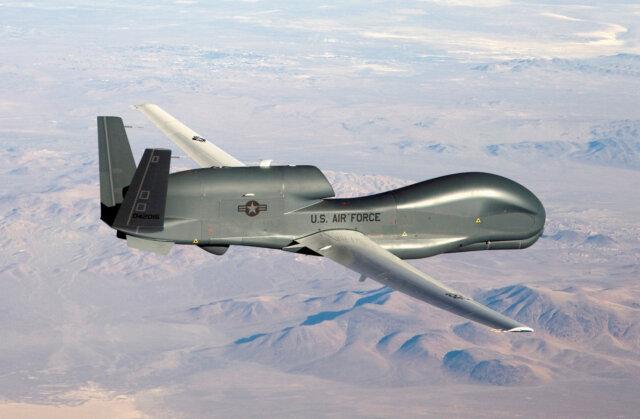A network of drones that constantly monitor hot spots in the Pacific would help blunt Beijing’s military aggression and geopolitical ambitions in the region, according to a report by a Washington think tank.
The report by the Center for Strategic and Budgetary Assessments (CSBA) also recommended the same approach could temper Russian aggression in Europe.





